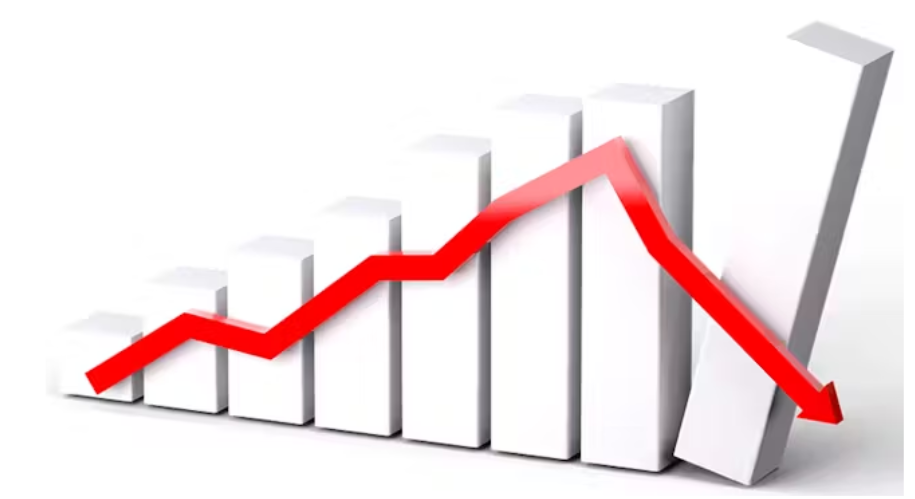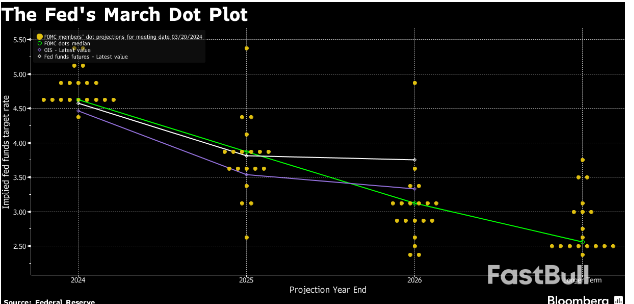Earnings Season Recap – Q1-2024, 93% of S&P 500 companies have reported.
Earnings and revenues haven’t disappointed for Q1-2024
On a year-over-year basis, the S&P 500 is reporting its highest earnings growth rate since Q2 2022. This is a welcome return to profit growth after the 4 quarters decline and slowdown. To recall, S&P 500 earnings have stagnated at about $220 per share in 2022 and 2023.
If 5.7% is the actual growth rate for the quarter, it will mark the highest year-over-year earnings growth rate reported by the index since Q2 2022 (5.8%).
Overall, 93% of the companies in the S&P 500 have reported actual results for Q1 2024 to date. Of these companies, 78% have reported actual EPS above estimates, which is above the 5-year average of 77% and the 10-year average of 74%. However, the magnitude of the beats is not high – 7.5% above estimates, which is below the 5-year average of 8.5% but above the 10-year average of 6.7%.
Revenues:
60% beat estimates – Below the 5-year average of 69%- and the 10-year average of 64%. Remember, this is after an extraordinary bout of inflation in 2022 and 2023. This had to come down because you’re comparing it to a higher base. The magnitude of beats is also low compared to historical averages – only 0.8% above, compared to 2% for 5-year averages and 1.4% for the 10-year. I suspect it will be difficult to raise prices further without reducing demand.
Overall – if 4.2% is the actual revenue growth for the quarter, it will be the 14th consecutive quarter of revenue growth for the index.
Where will 2024 end up?
Estimates are looking pretty good – 9.2%, 8.2%, and 17.4% for Q2, Q3 and Q4 respectively. Though I’m hard-pressed to see that kind of a jump in Q4. I suspect quarterly growth will be smoother and not the massive spike in Q4.
The overall calendar 2024 growth call is at 11.1% – consistent with earlier calls and my projections of earnings growth from $220 per share in 2023 to $245 per share for 2024. FactSet had an interesting observation – markets have punished negative EPS surprises, – confirming the one trend we’ve been witnessing ourselves, that markets are overbought, and expectations are too high, and unless you beat severely or raise guidance, your stock will get hammered – Facebook (META) was the biggest example.
Q1-24 net profit margins were solid – indicating that price increases and better expense management vaulted NPM to 11.7% – above the previous quarter’s margin of 11.2% and the 5- and 10-year averages of 11.5% and 11.6%.
Overall S&P 500 earnings and revenue increases look good for 2024-2025. Current estimates for calendar 2025 are an even higher earnings growth of 14.1% – this could come down, though – 2024 is not going to be an easy year to beat by 14.1%!
As you know the S&P 500 is a value-weighted index and large caps such as the M-7 tend to skew the numbers higher, even with Apple and Tesla being negative. Also, the “AI” effect has spread, and copper companies and utilities are getting a second look because of power demands, as are smaller players supplying components towards the gold rush among others – thankfully this is moving to other sectors of the economy.
Valuations remain high, of course, the forward P/E is 20.7 – above the 5-year average of 19.2- and the 10-year average of 17.8. Thankfully, at least interest rates are a little lower at 4.45% compared to 4.75% in April. My inclination is that this will trend lower to 4.1% to 4.25% by the end of the year.
Bottom line – Harder to find bargains. No major surprises, we remain on track for earnings to get to $245 for 2024 and possibly to $270-$275 for 2024, my cash holdings are down to 6-7%. Wall Street is even more aggressive – closer to 4%.








